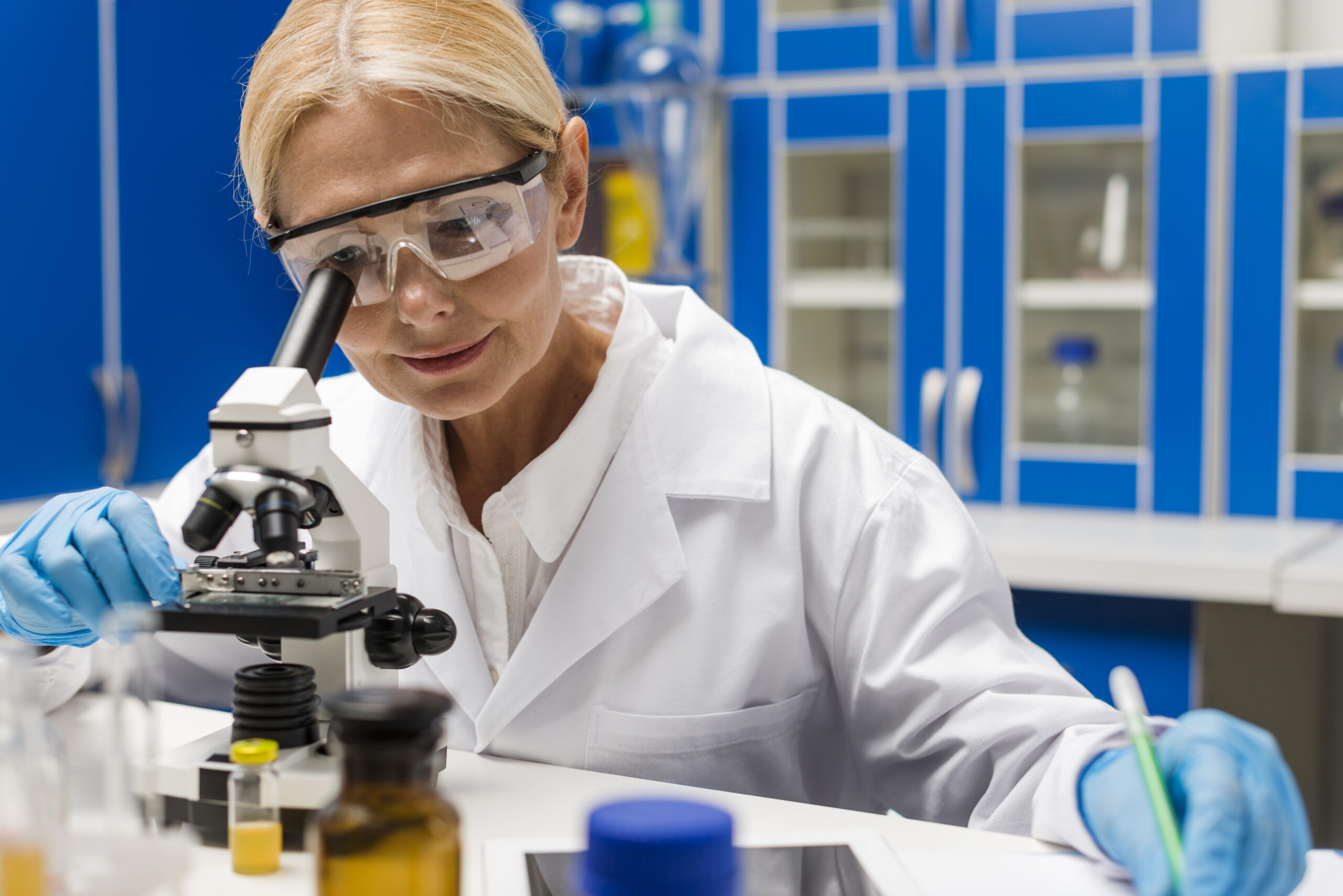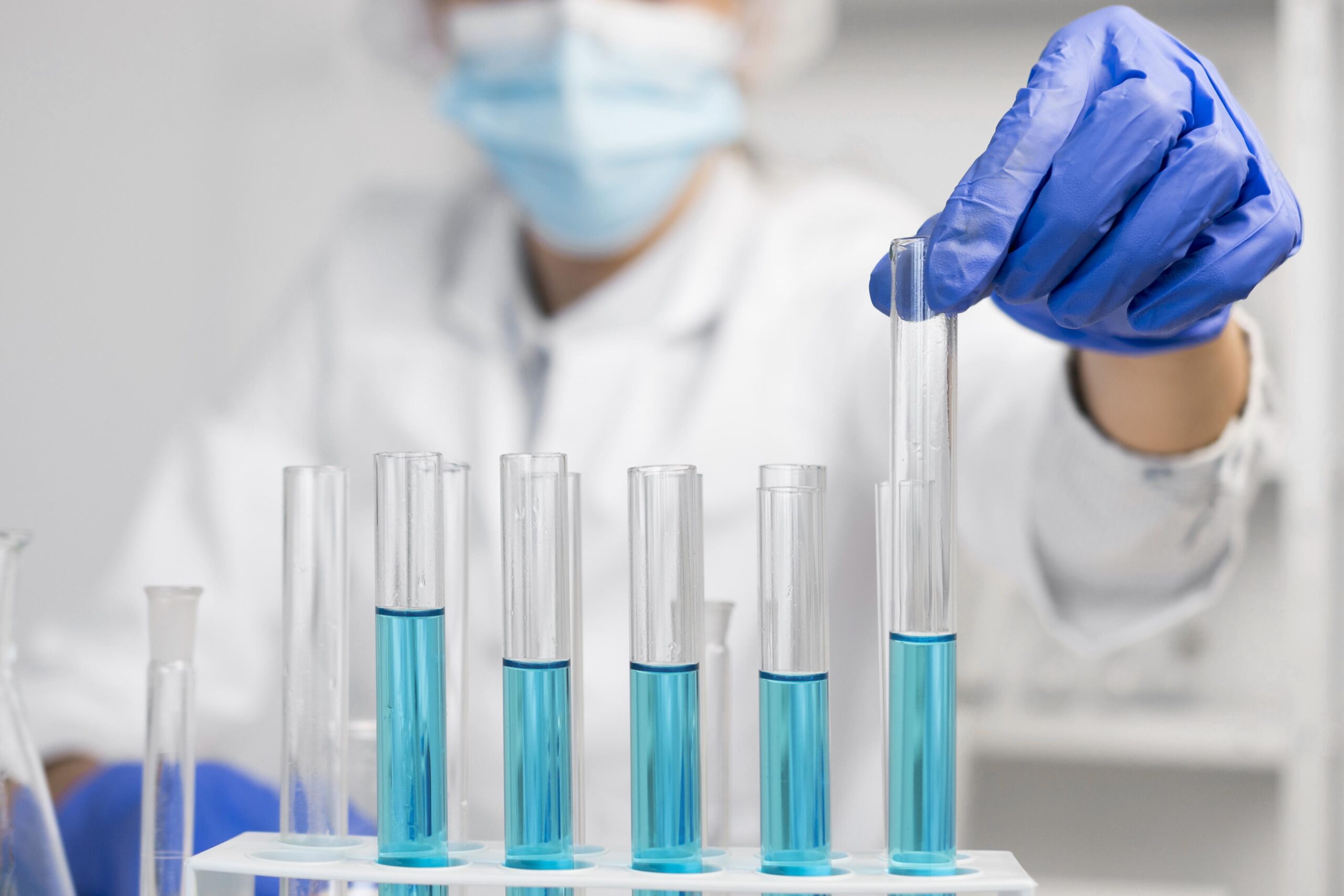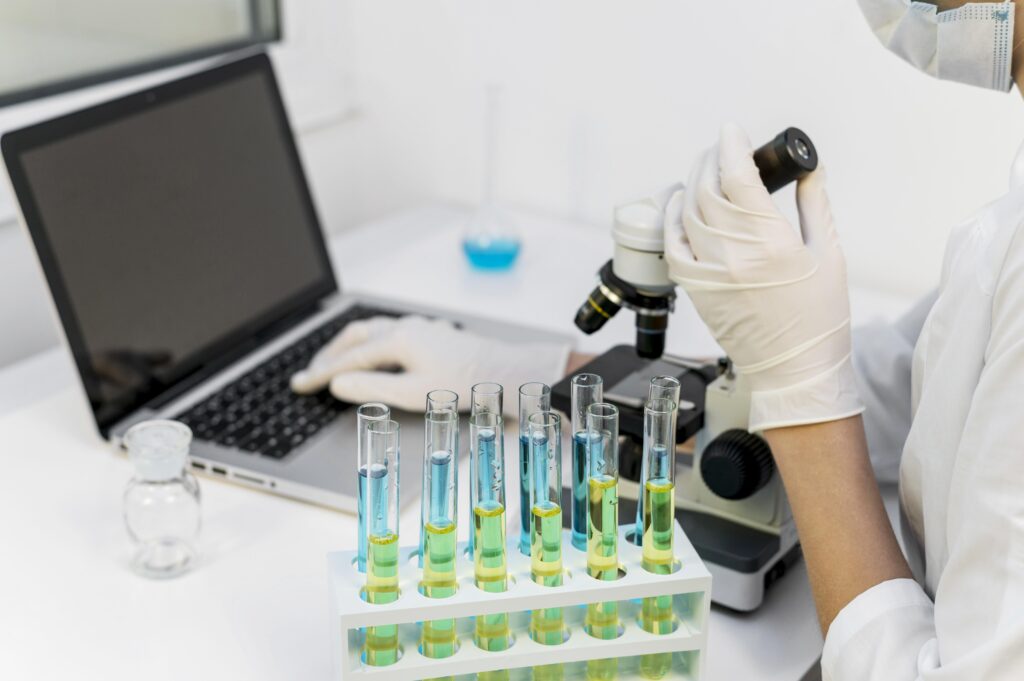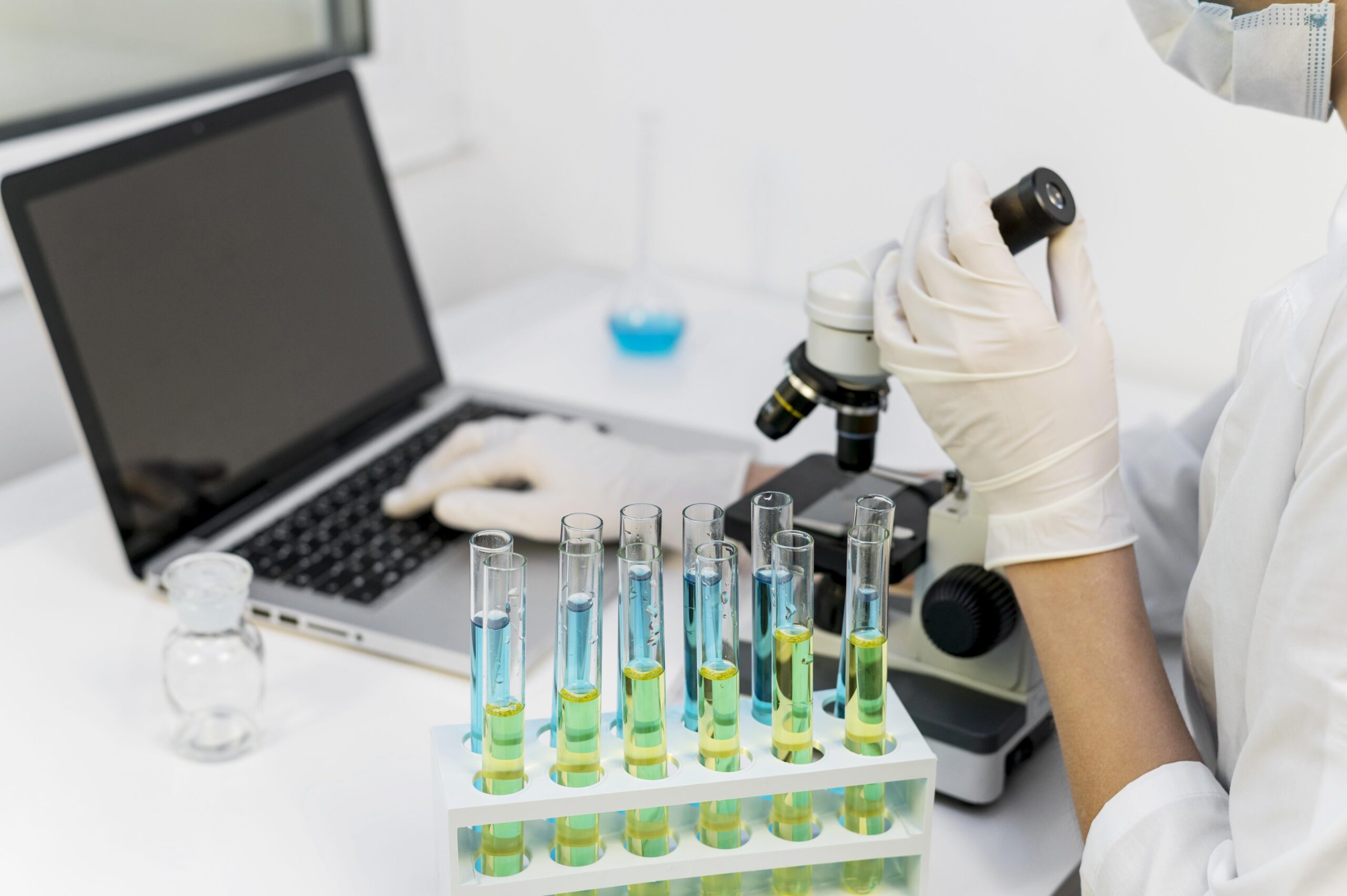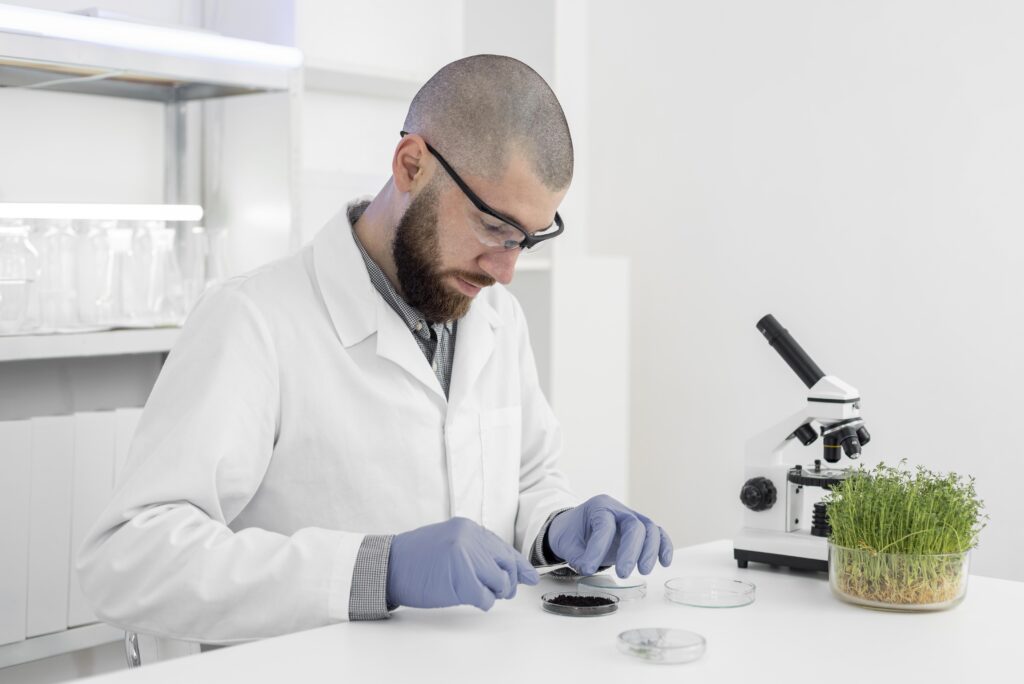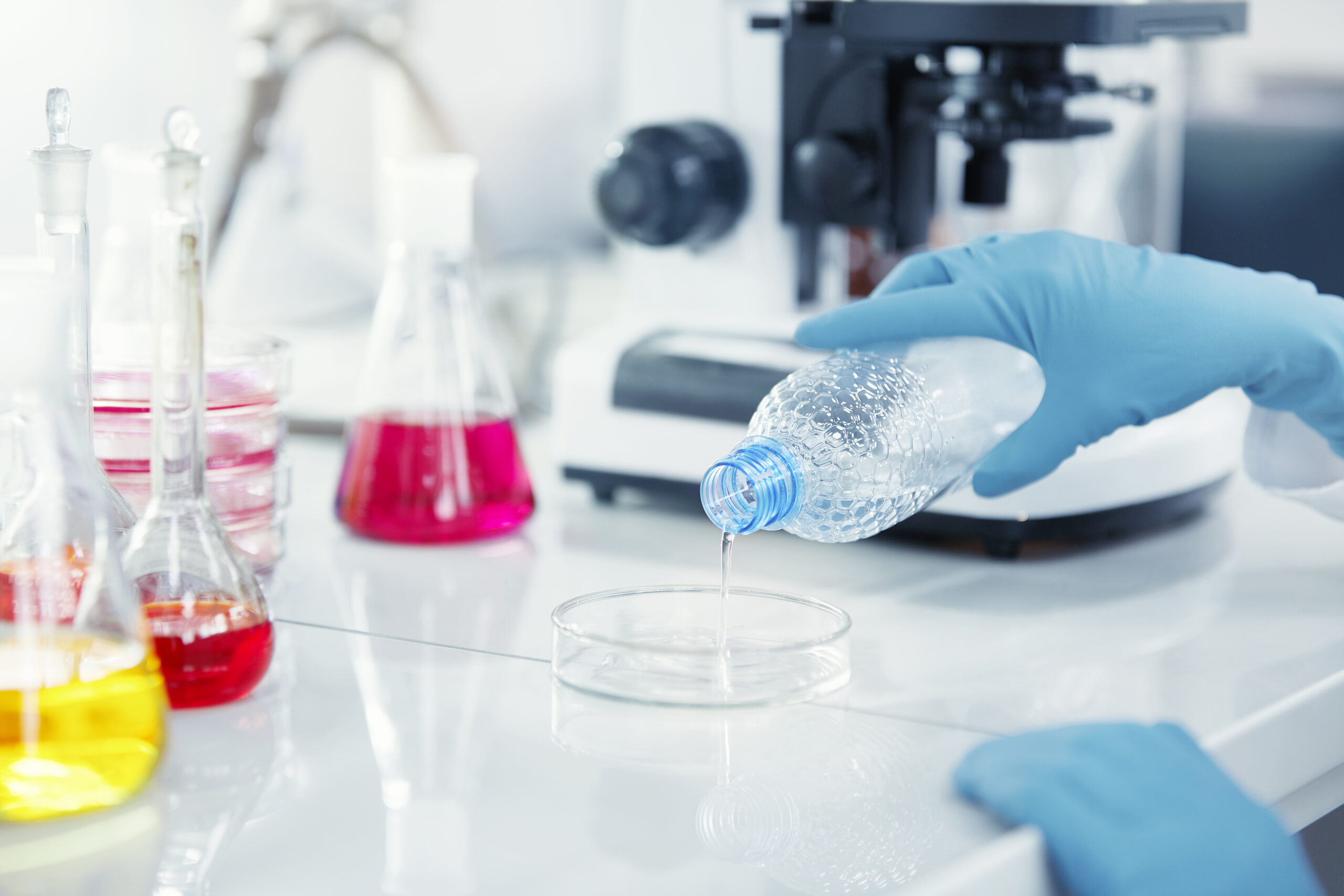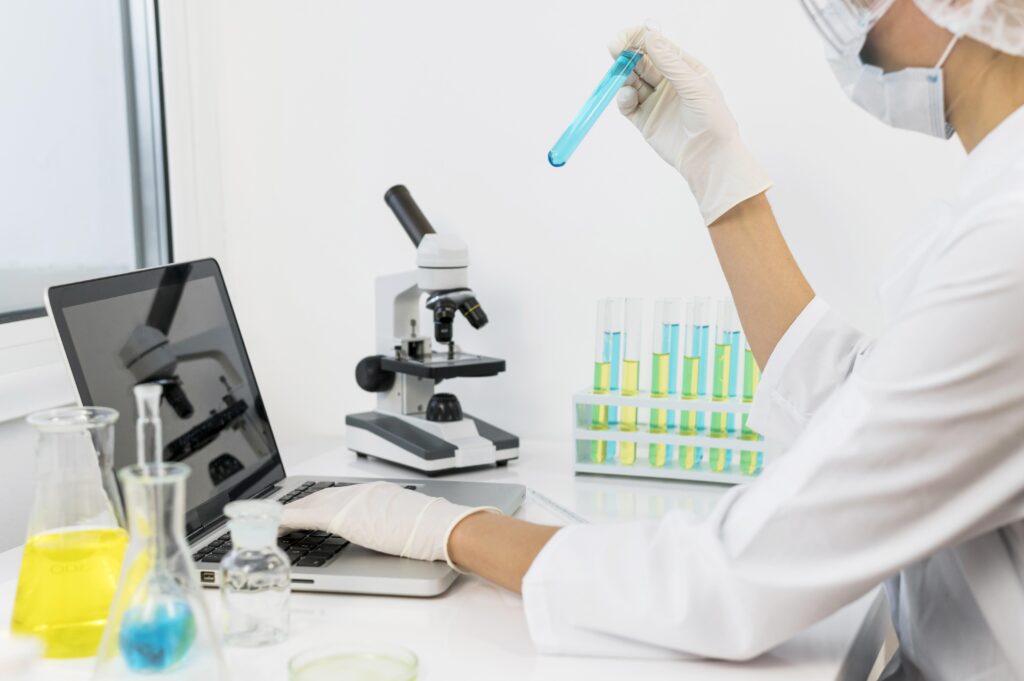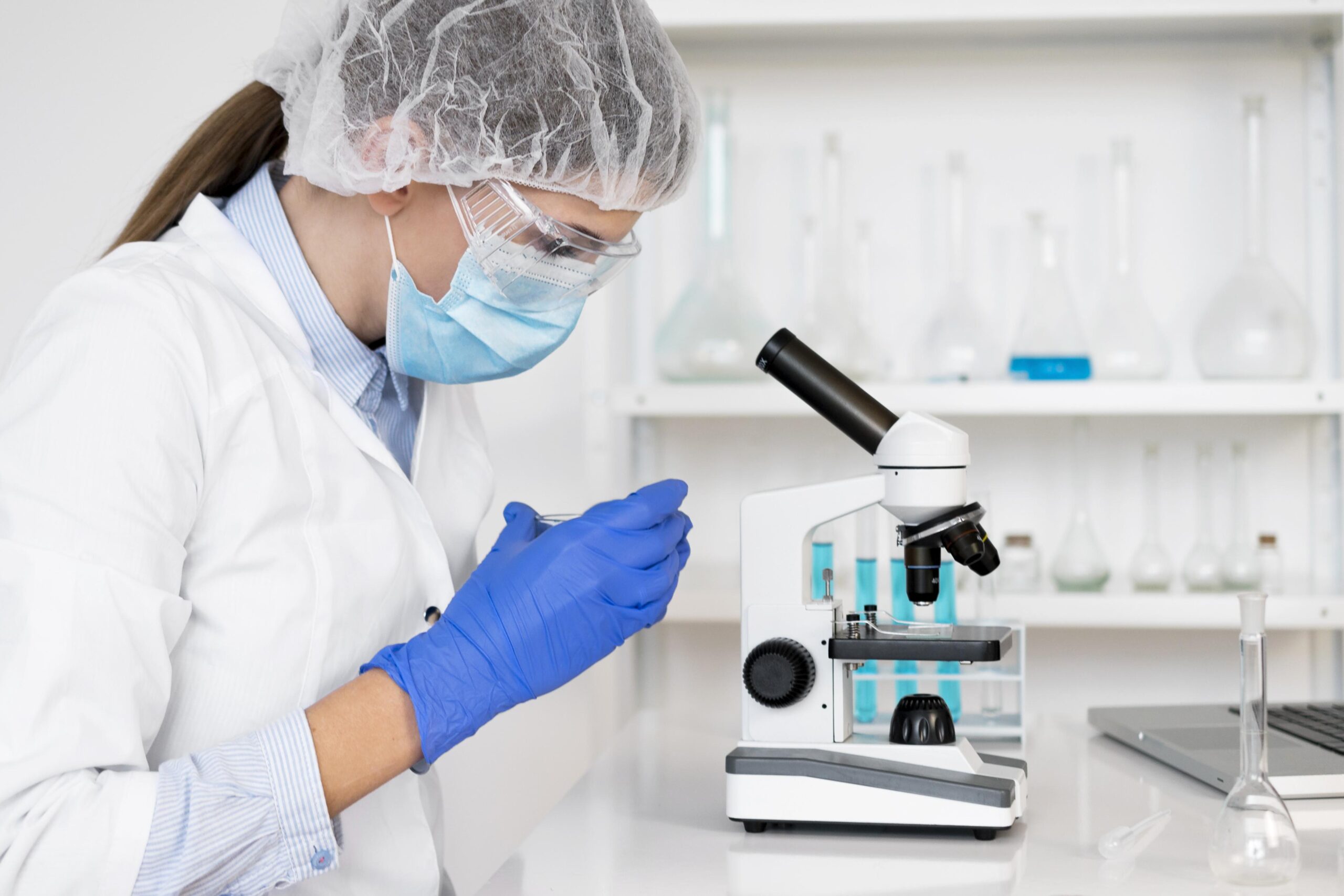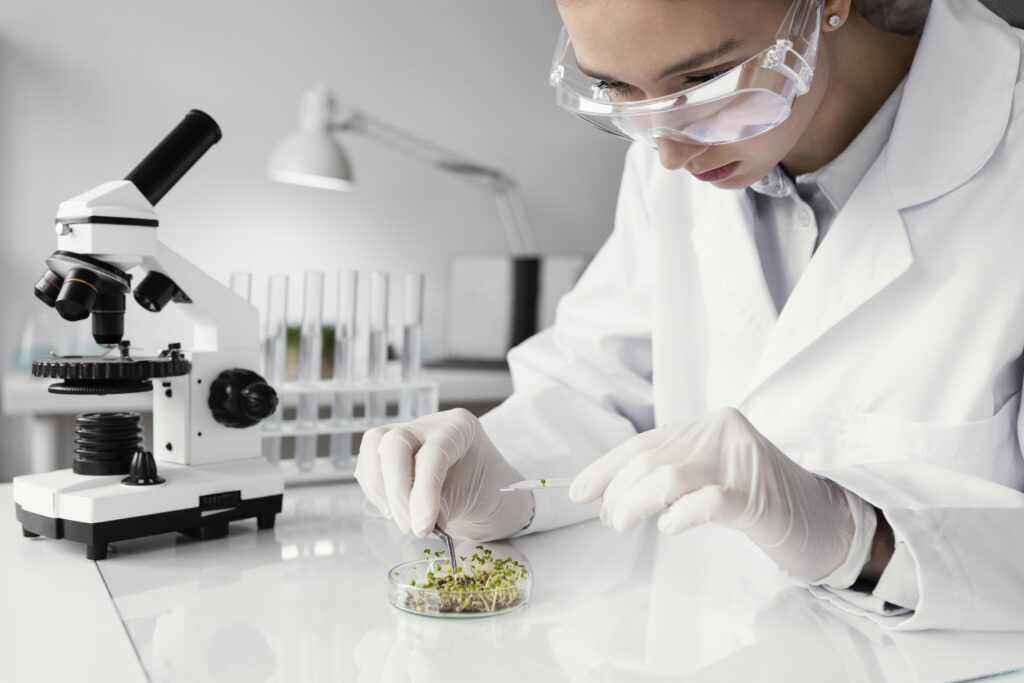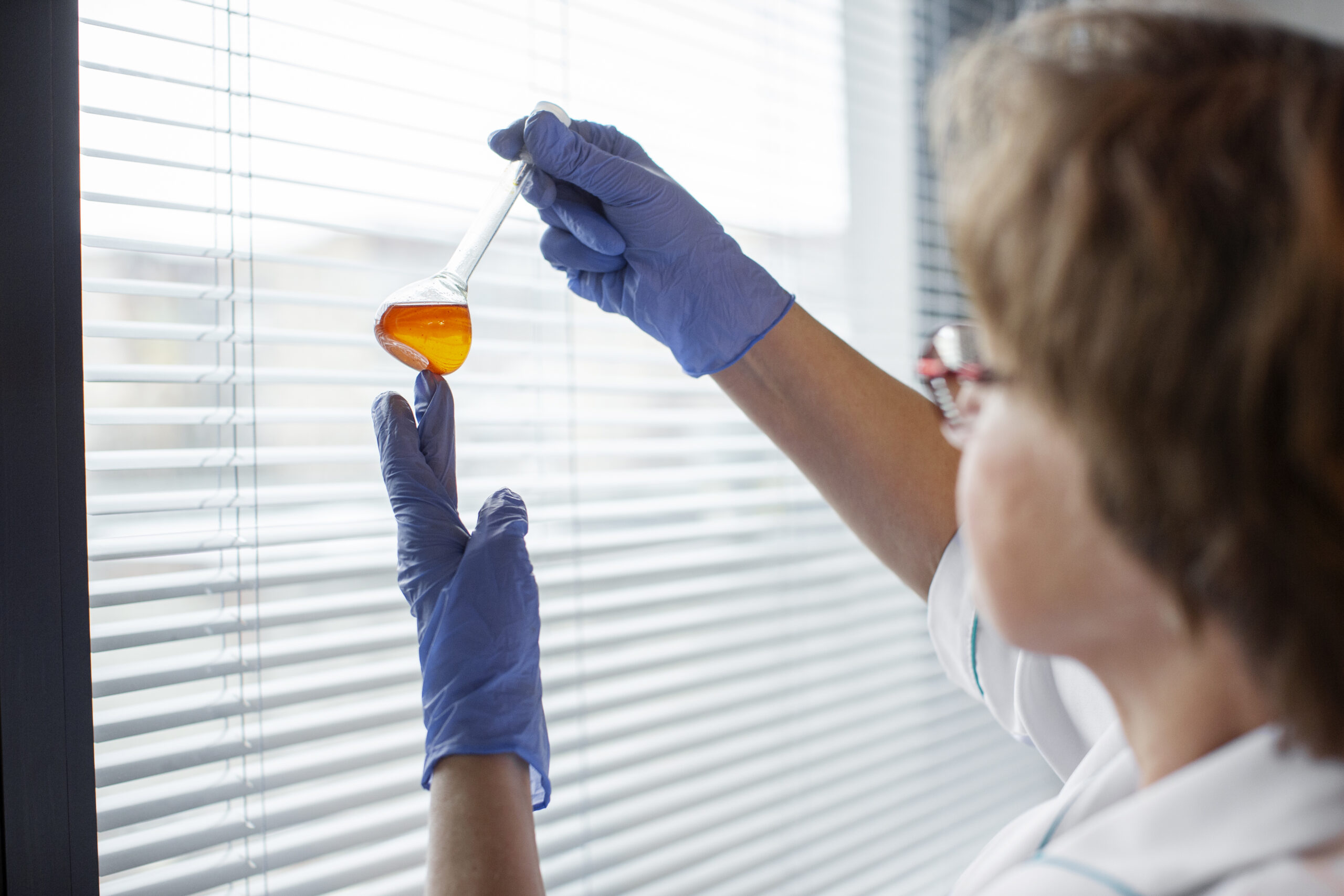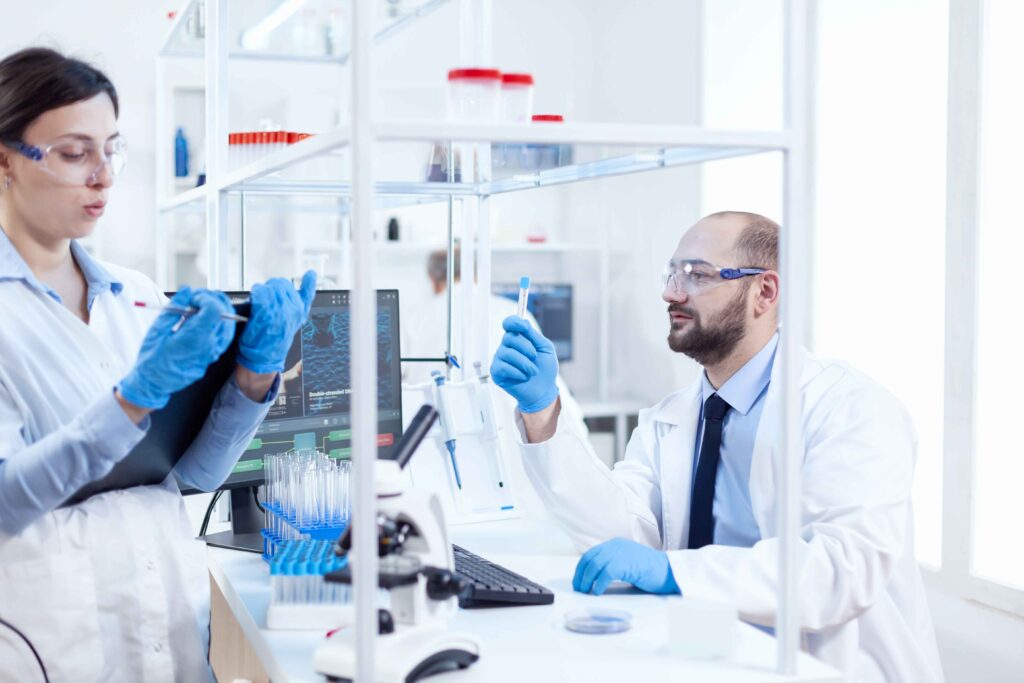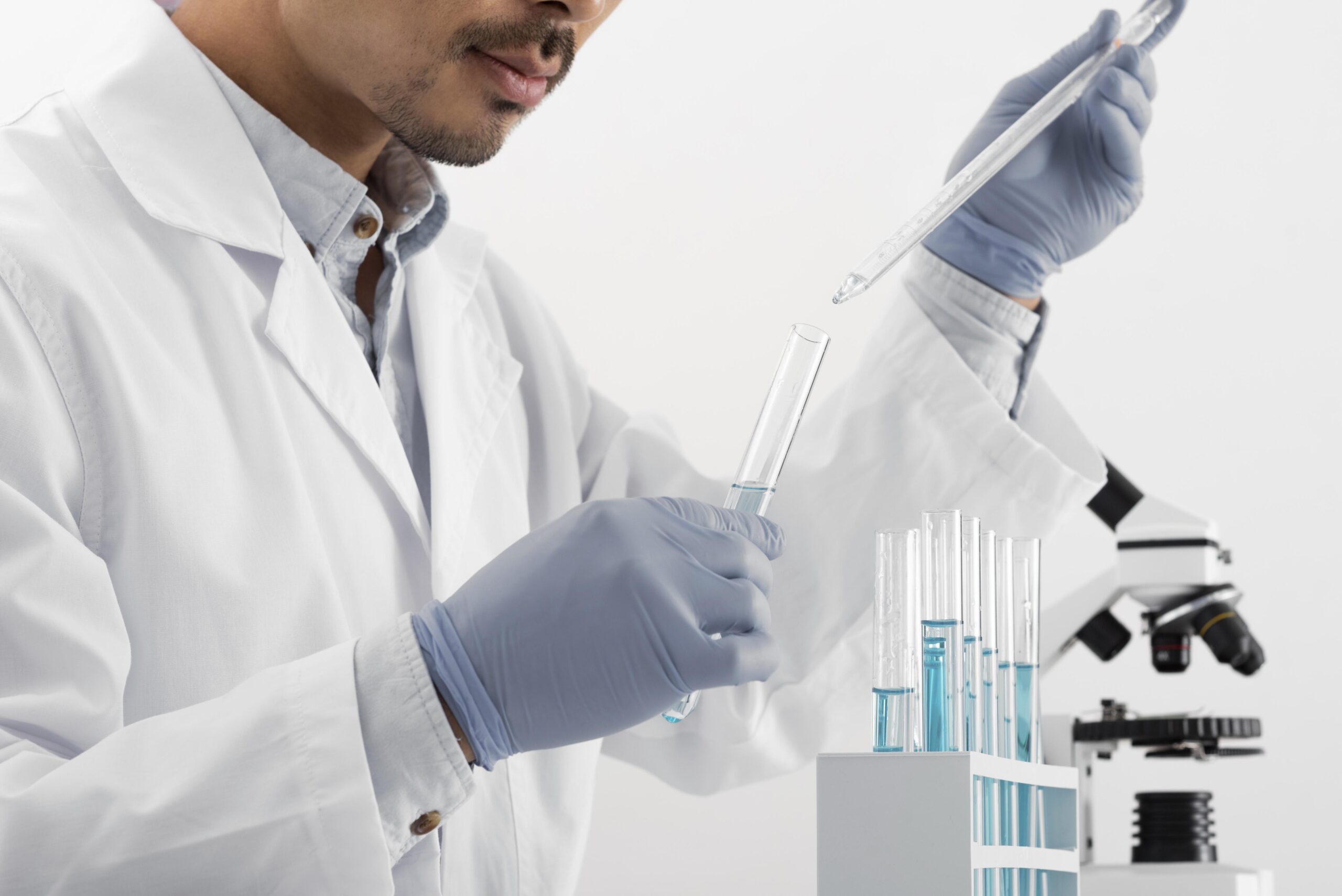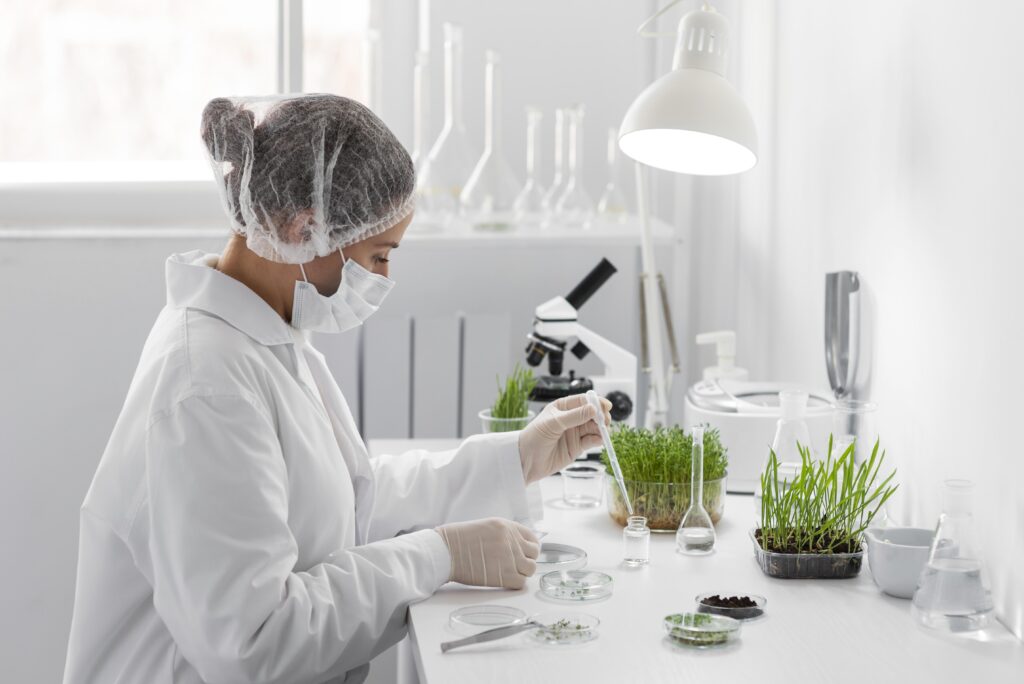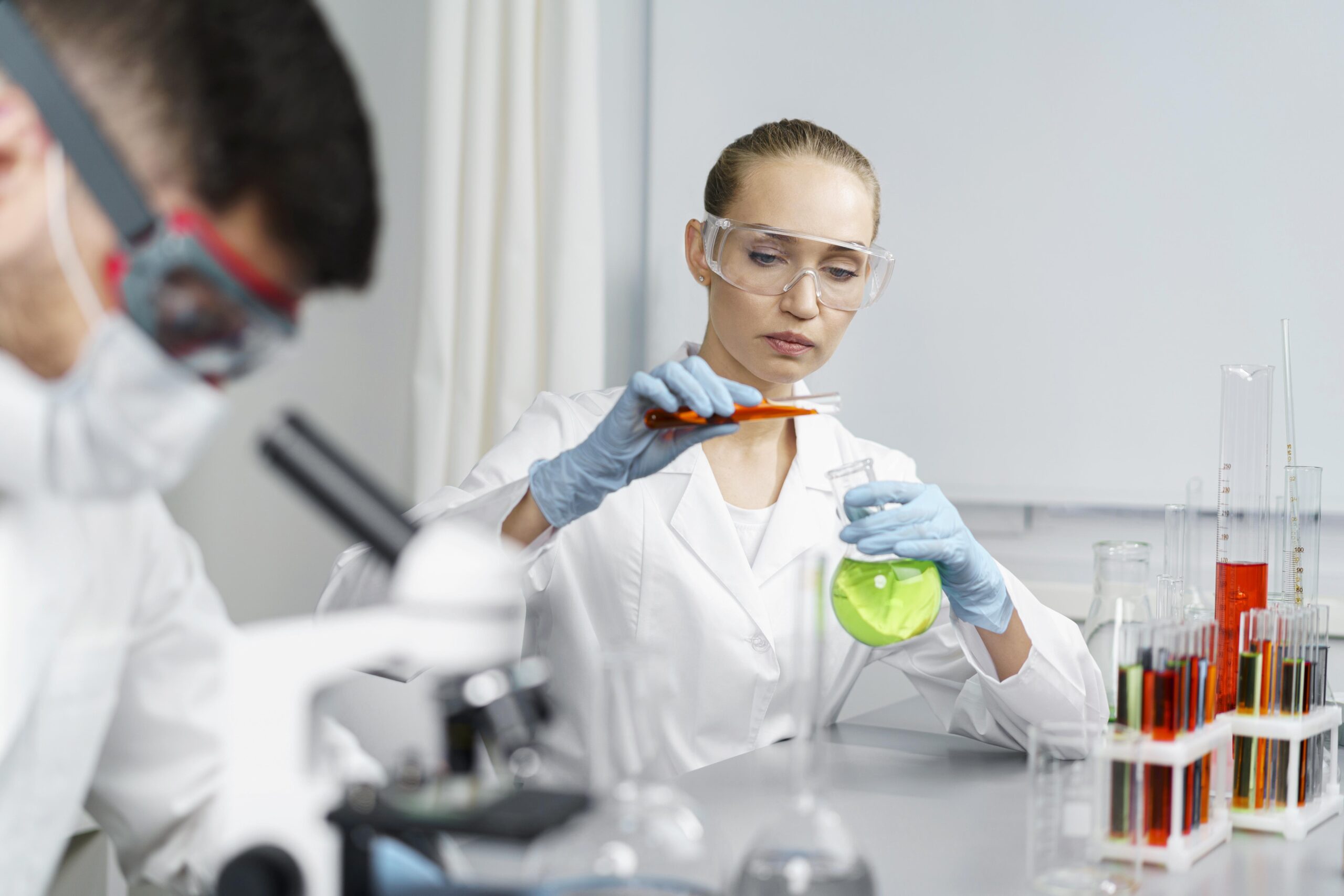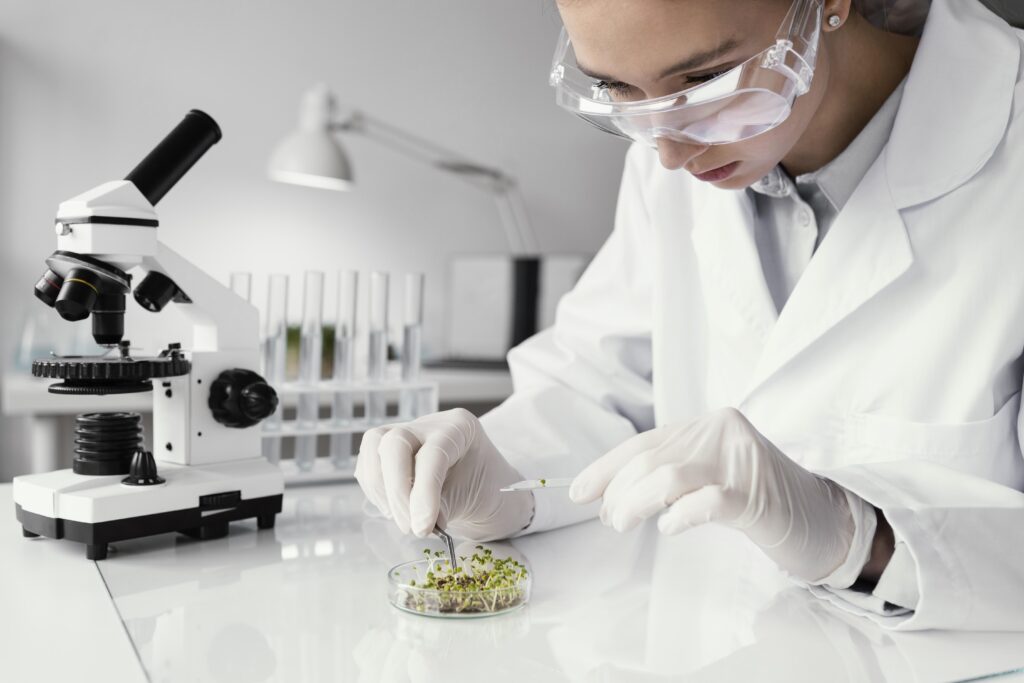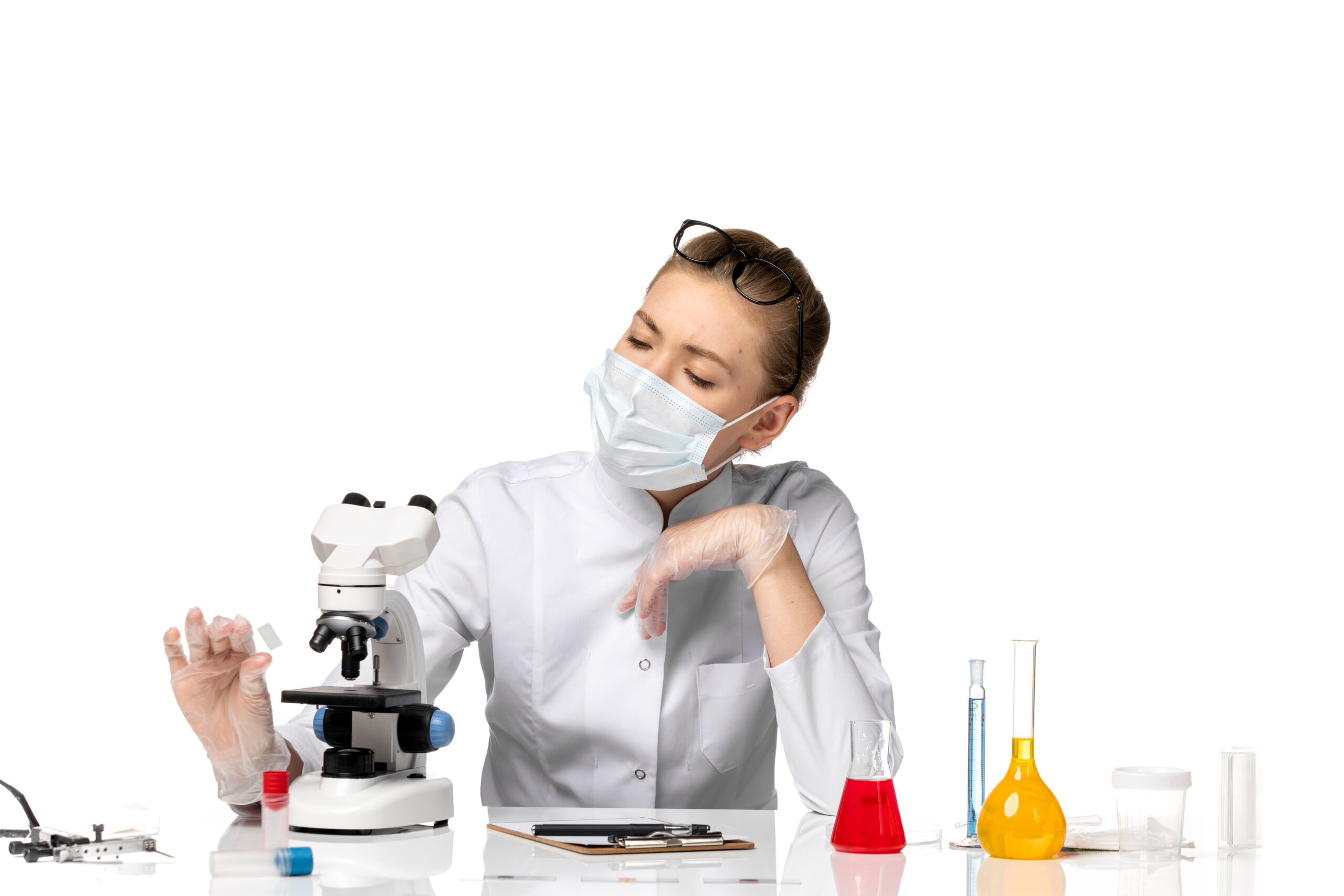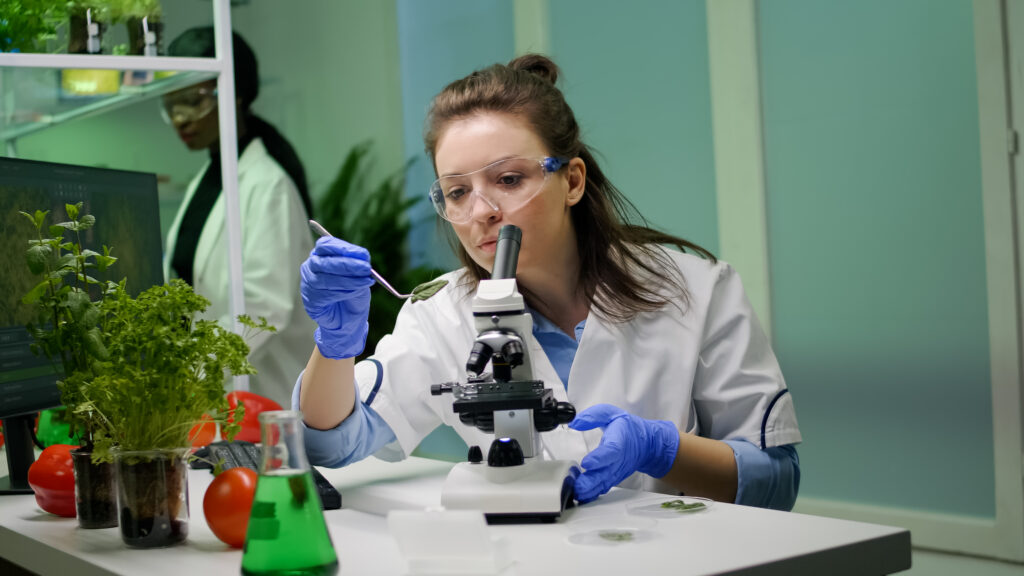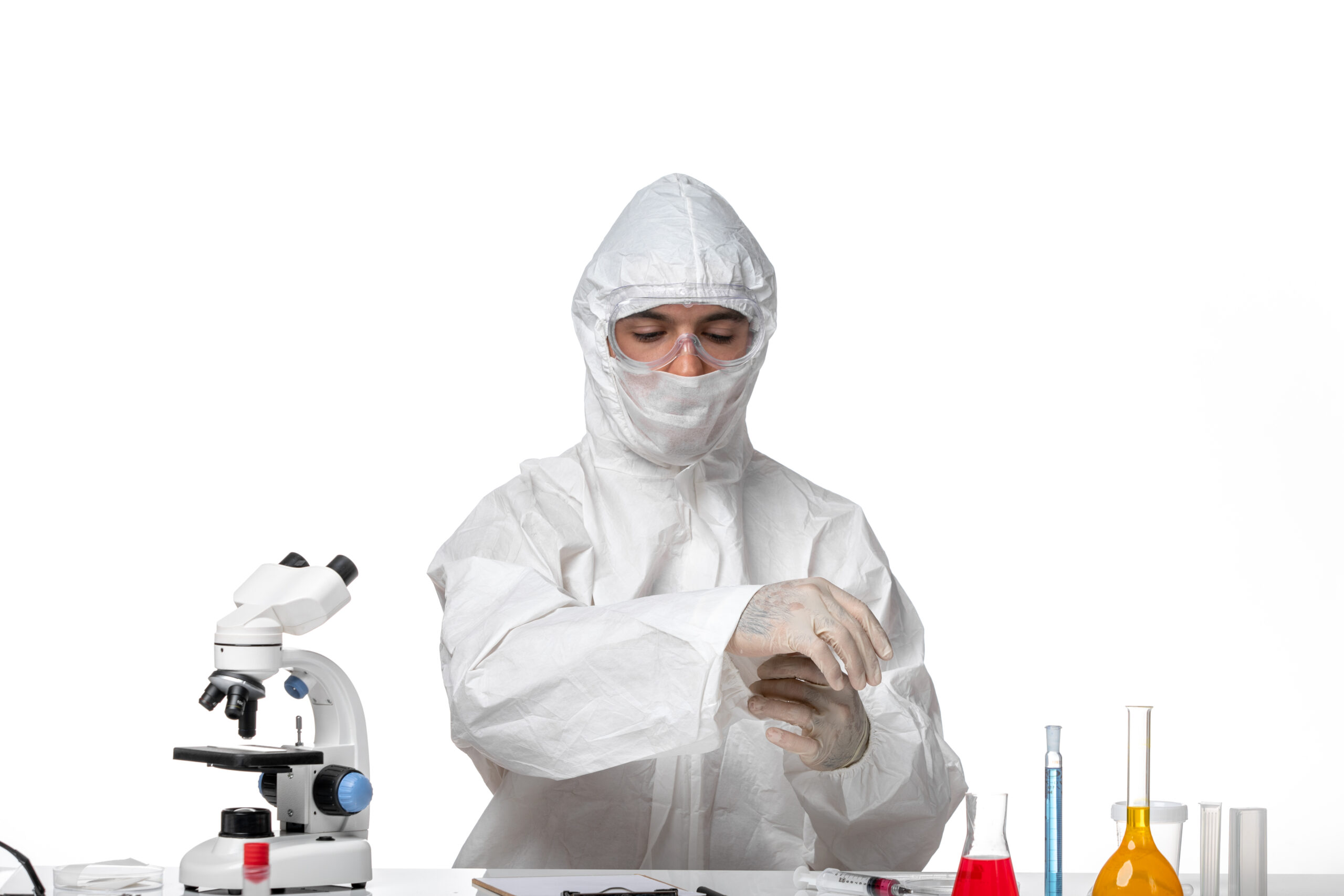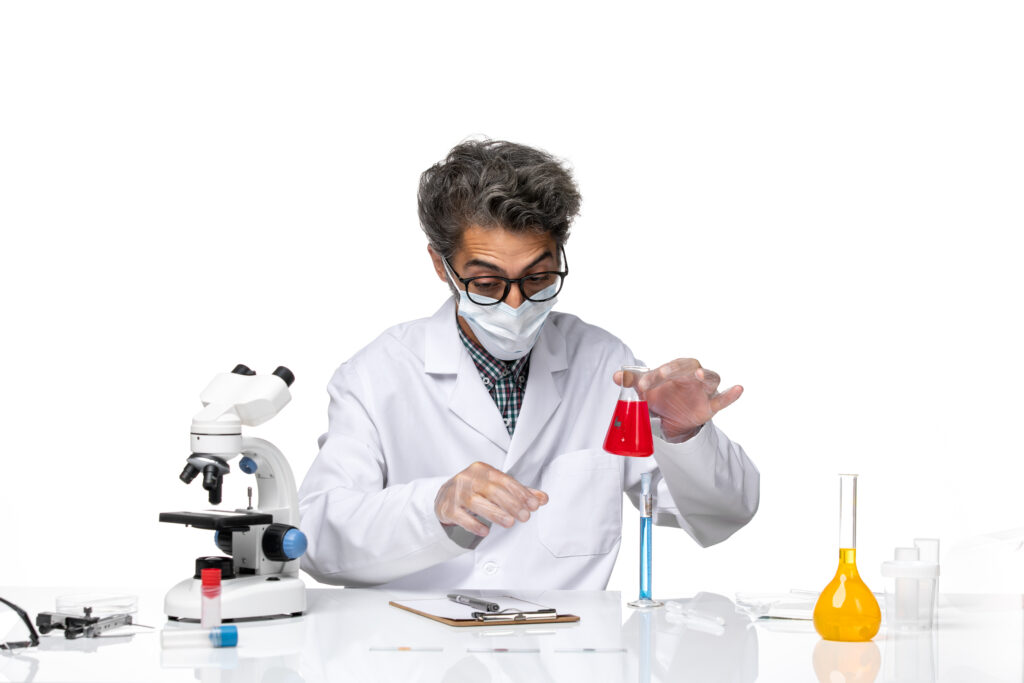There has never been a more pressing need for strict food safety and quality assurance in the fast-paced, globally integrated food sector of today. Strict regulations must be followed at every stage of the food production process, from farm to table, to guarantee that consumers obtain high-quality, safe products. The top food testing labs are at the center of this process and are essential to guarantee both quality and adherence to legal requirements. We will discuss the function of these labs, the services they provide, and the reasons why any food business must collaborate with the best food testing labs in this blog.
Understanding the Importance of Food Testing
The scientific examination of food products to make sure they adhere to safety, quality, and legal requirements is known as food testing. This procedure involves checking the food for impurities, confirming its nutritional value, and making sure it is free of dangerous elements like pesticides, heavy metals, and infections. The main objectives are to guarantee that the food satisfies both domestic and international standards and to shield customers from any health hazards.
The best food testing labs are equipped with state-of-the-art technology and staffed by experienced professionals who understand the complexities of food safety and quality. These labs conduct a wide range of tests, including microbiological analysis, chemical testing, allergen detection, and more. By providing accurate and reliable results, these labs help food producers maintain the highest standards of safety and quality.
The Role of the Best Food Testing Labs in Quality Assurance
1. Ensuring Product Safety: Ensuring food items are safe for consumption is the main responsibility of the best food testing labs. This entails testing for dangerous bacteria that might result in major health problems, such as Salmonella, E. Coli, and Listeria. Chemical pollutants like pesticide residues, heavy metals, and food additives are also tested for at these labs. By detecting and removing these hazards, food testing laboratories in India and around the world are essential to maintaining public health.
2. Compliance with Regulatory Standards: Food enterprises must abide by the laws that govern food safety, which are unique to each nation. The best food testing labs assist companies in making sure their products fulfill all relevant criteria by being knowledgeable about the regulatory needs of various locations. For example, in India, food testing laboratories make sure that food products meet the standards set forth by the Food Safety and Standards Authority of India (FSSAI), which is meant to safeguard consumers and guarantee product quality.
3. Nutritional Analysis and Labeling: For the sake of regulatory compliance and consumer trust, accurate nutritional labeling is crucial. Comprehensive nutritional analysis, encompassing macronutrients, vitamins, minerals, and other elements, is offered by the top food testing labs. This data is essential for producing accurate labels that satisfy legal and consumer standards. Such services are essential for businesses aiming to promote their products both nationally and internationally at an Indian food testing facility.
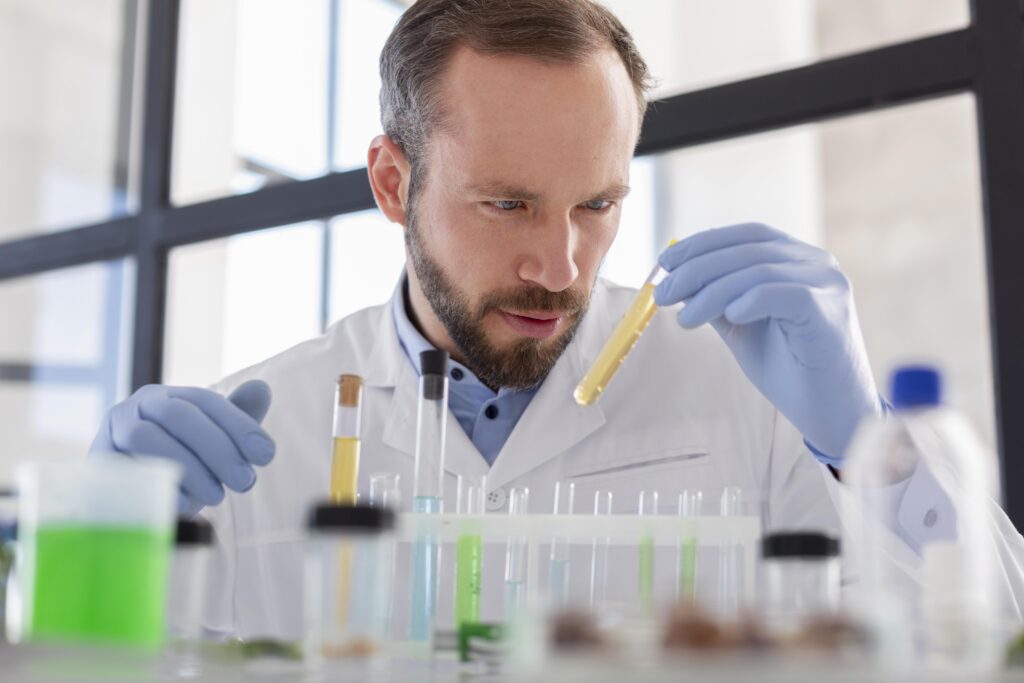
4. Detection of Allergens and Contaminants: Food allergens pose significant health risks for sensitive individuals. The food testing labs have advanced capabilities to detect even trace amounts of allergens like peanuts, gluten, and dairy. Additionally, these labs can identify contaminants such as mycotoxins, which are toxic substances produced by molds and can cause serious health problems. By ensuring that products are free from these hazards, protect consumers and enhance product safety.
The Role of the Best Food Testing Labs in Compliance
1. Third-Party Verification: Independent evaluation of a product's quality and safety is offered by third-party testing conducted by a recognized laboratory. Establishing consumer trust and proving regulatory compliance depends on this verification. The top food testing labs guarantee that products fulfill all requirements by providing third-party verification services that are acknowledged by industry stakeholders and regulatory bodies.
2. Support for International Trade: Adherence to global food safety regulations is crucial for companies wishing to export their goods. The top food testing labs offer the certification and testing required to satisfy the demands of many markets, including the US, EU, and others. For example, a food testing facility in India can assist companies in navigating the challenges of global trade by making sure their goods satisfy the exacting safety and quality requirements demanded by other markets.
3. Continuous Monitoring and Quality Control: Food safety and quality are not static; they require continuous monitoring to ensure ongoing compliance with regulatory standards. The food testing labs offer ongoing quality control services, including routine testing and analysis, to help businesses maintain their standards over time. This proactive approach to quality control ensures that any potential issues are identified and addressed before they become serious problems.
Why Choose the Best Food Testing Labs?
Any food business must select the best food testing lab. The top food testing labs combine cutting-edge equipment, knowledgeable personnel, and a thorough awareness of legal requirements. They support companies in ensuring the quality and safety of their goods while adhering to all relevant regulations by offering dependable and accurate findings.
The top food testing labs also provide a variety of services that are specifically designed to meet the requirements of various businesses, ranging from major multinational enterprises to small-scale producers. Whether you require regular testing, nutritional analysis, or assistance with international commerce, working with a premier lab guarantees that your company is prepared to take on the challenges posed by the modern food industry.
Conclusion
The role of the top food testing labs in ensuring quality and compliance cannot be overstated. These labs are essential for protecting public health, maintaining consumer trust, and ensuring that food products meet both national and international standards. By providing accurate, reliable testing and analysis, the best food testing labs help businesses navigate the complexities of the food industry and achieve success in an increasingly competitive market.
For businesses in India and around the world, choosing the right food testing lab is a critical decision. By partnering with a trusted, accredited lab, you can ensure that your products meet the highest standards of safety and quality, protecting both your customers and your brand.
In summary, whether you're a small producer or a large multinational, working with the best food testing labs is essential for ensuring that your products are safe, high-quality, and compliant with all relevant regulations. This partnership is not just a smart business decision; it's a commitment to excellence in the food industry.

